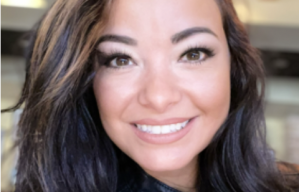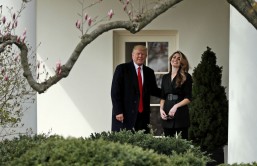More voters relied on their smartphones and social media to keep tabs on the 2014 election cycle than in the previous midterm elections, according to a new study.
The Pew Research Center found registered voters using their cell phones to track political news or campaign coverage more than doubled between the 2010 and 2014 midterm elections from 13 percent to 28 percent. More Americans also followed their favorite candidates and politicians on social media, up from 6 percent in 2010 to 16 percent in 2014.
Barack Obama's social media outreach may have won him the White House in 2008, but registered voters for both parties are using their smartphones and accessing social media for election coverage at similar rates. A quarter of Republicans used their phones to track election news compared to 29 percent of Democrats. More Republican voters, with 18 percent, supported their favorite politicians via social media than Democrats, with 15 percent.
More voters in the 30-49 age range also increased their use of smartphones and social media to follow the campaigns at a rate similar to 18-29 year olds. About 40 percent of the older demographic followed the election on their cellphones, up from 15 percent in 2010, and 21 percent followed candidates on social media, up from 6 percent in the last midterm election.
Americans engaged with political figures on social media also take greater part in the election process offline as opposed to those who don't follow candidates on social media. Social media followers volunteer their time to a candidate or campaign (11 percent compared to 4 percent of non-followers), make campaign contributions (21 percent to 11 percent), attend a campaign event (13 percent to 6 percent) and encourage their friends to support a candidate or issue (62 percent to 39 percent).
Republicans and Republican-leaning independents choose to follow political coverage on social media more than their Democratic counterparts (50 percent to 35 percent) because they want to learn the news more quickly and consider it more reliable than getting the news through traditional news sources. Both party affiliations felt more connected to their candidates that they followed on social media.
The national survey polled 2,003 adults (including 1,494 registered voters) between Oct. 15 and 20.








